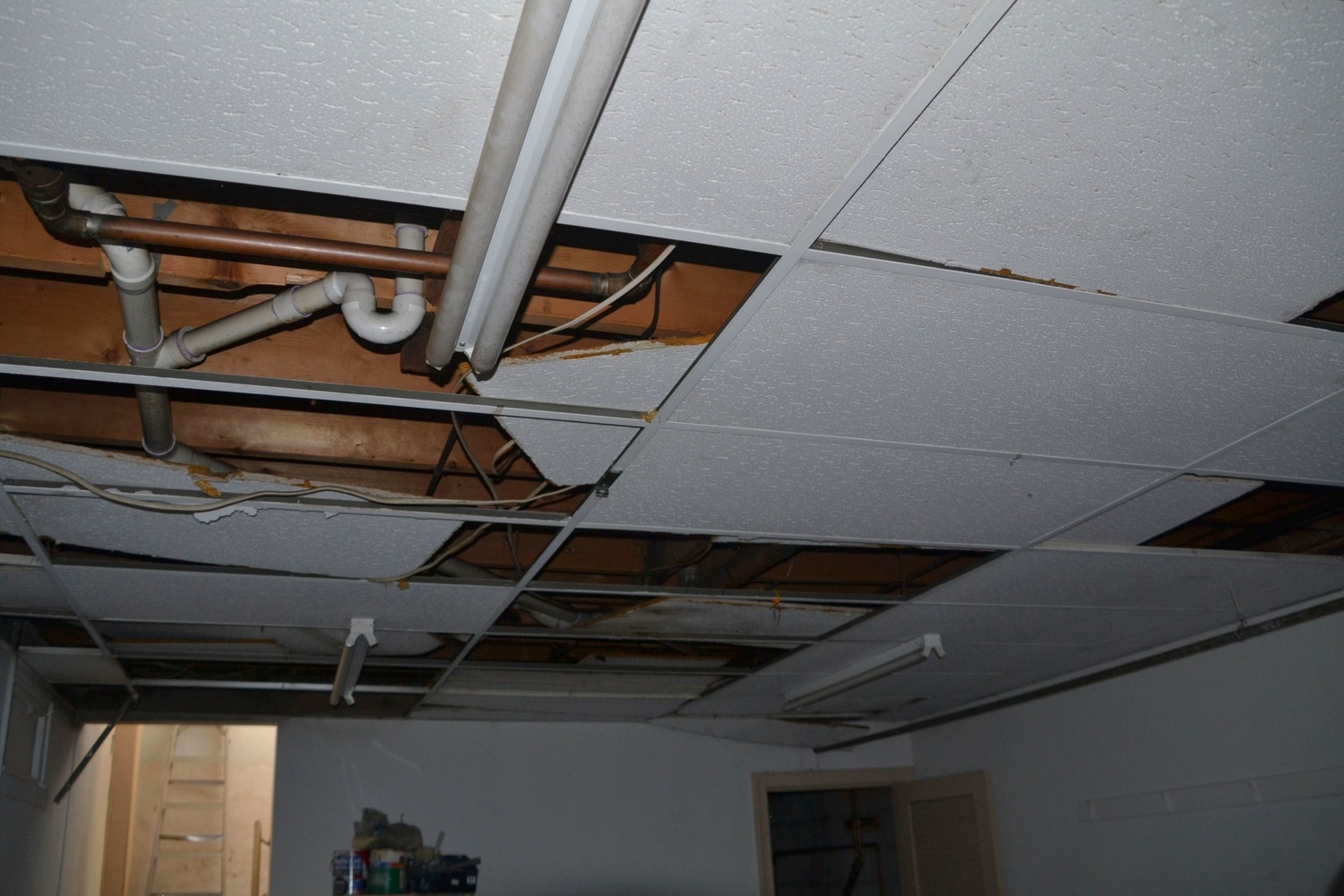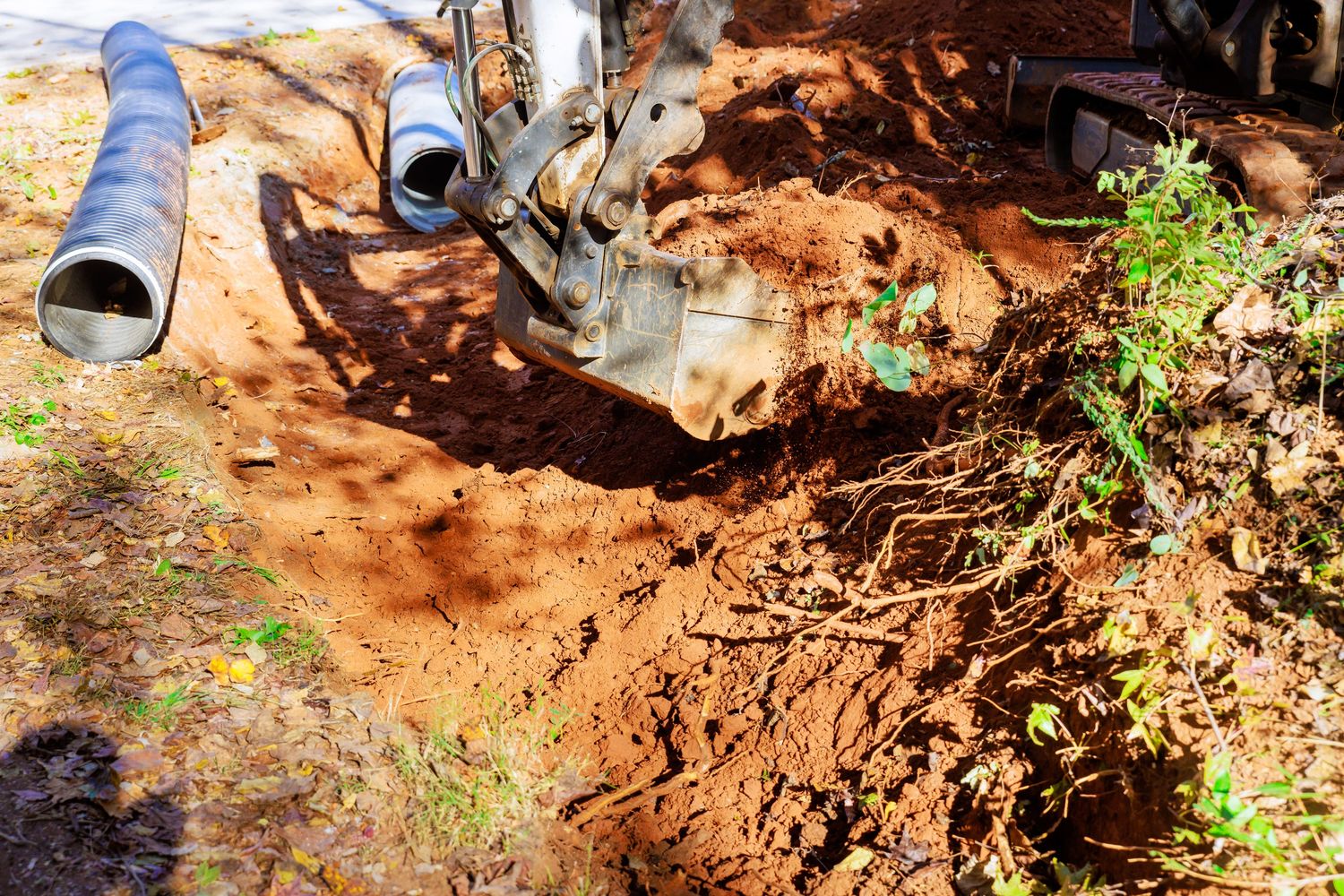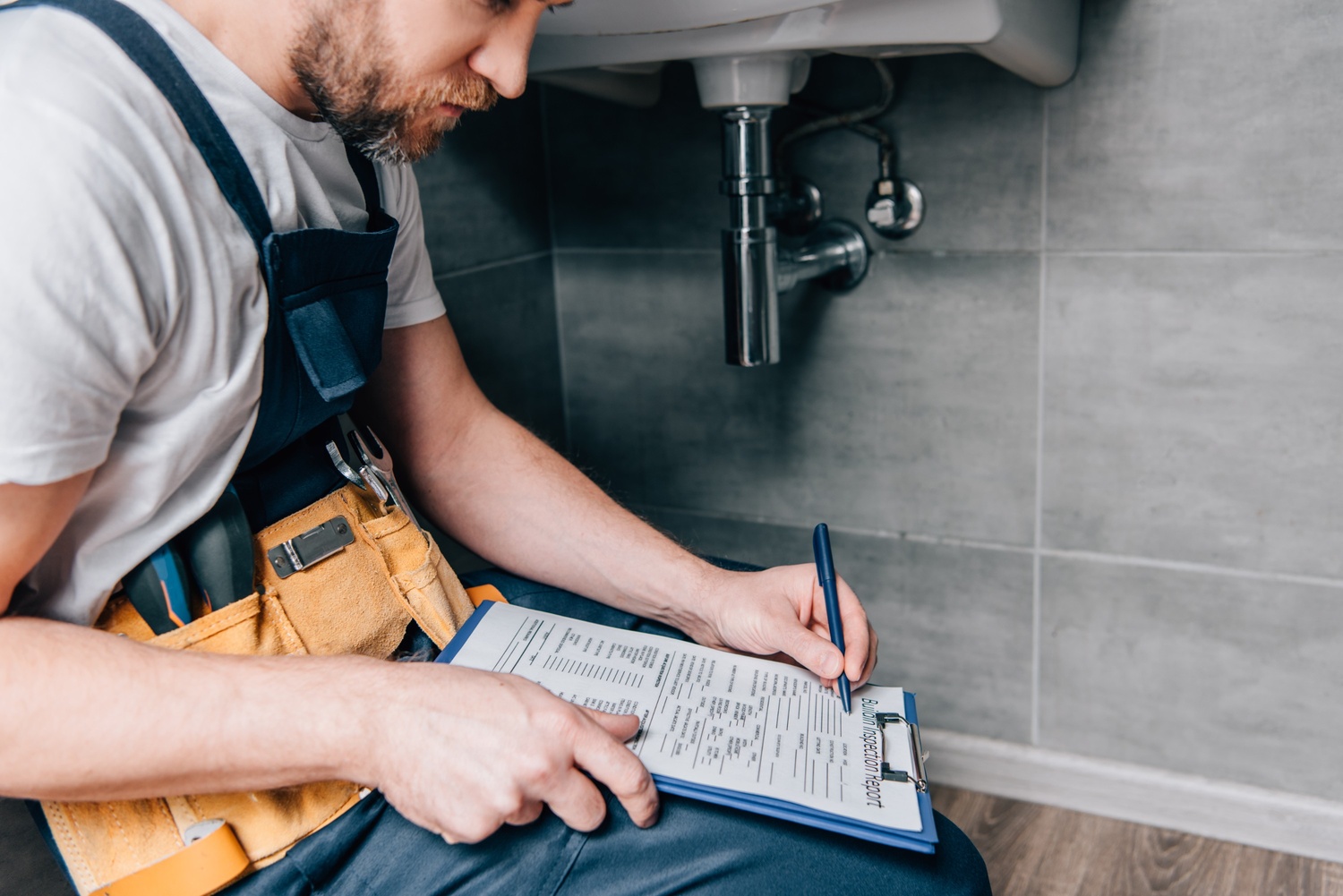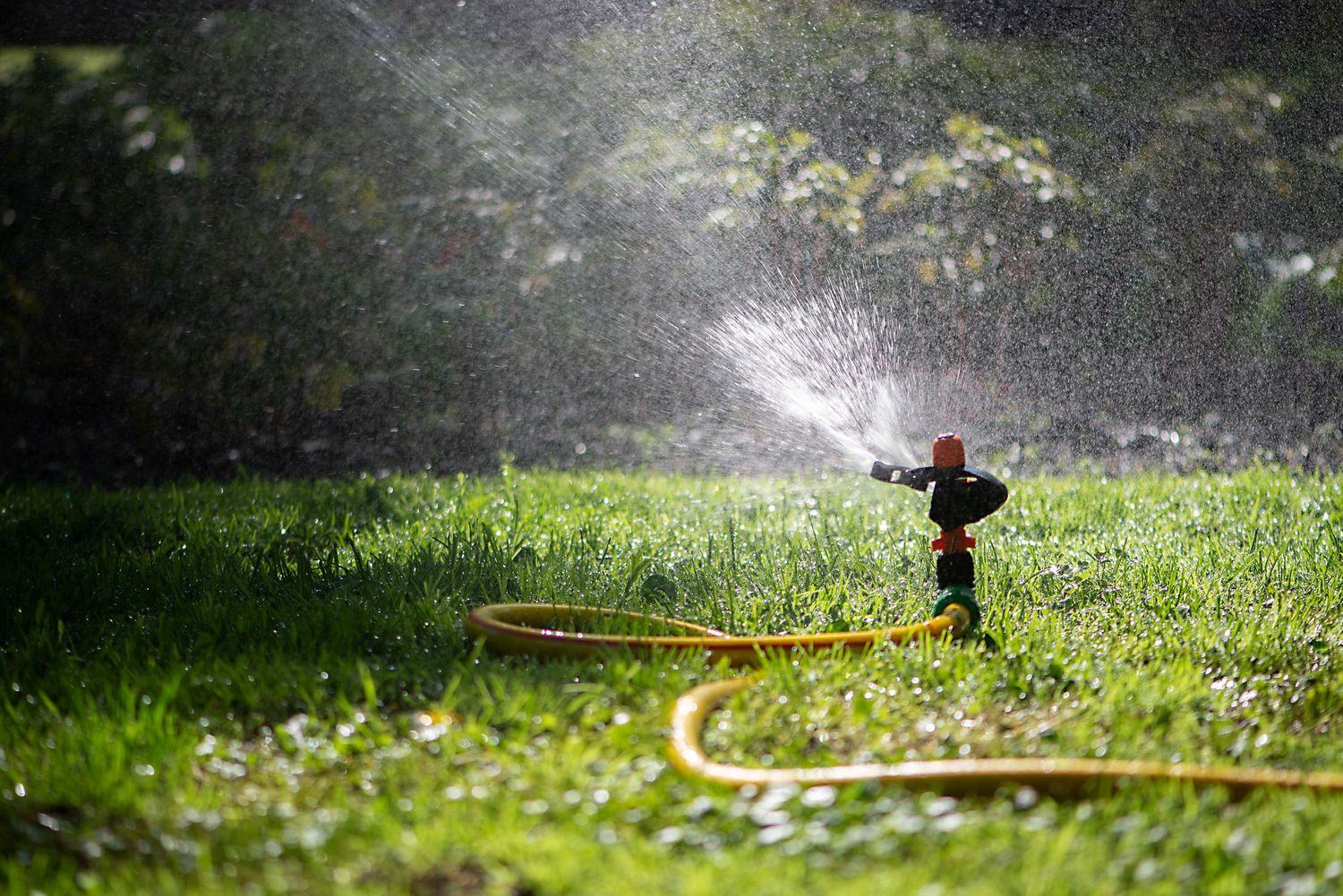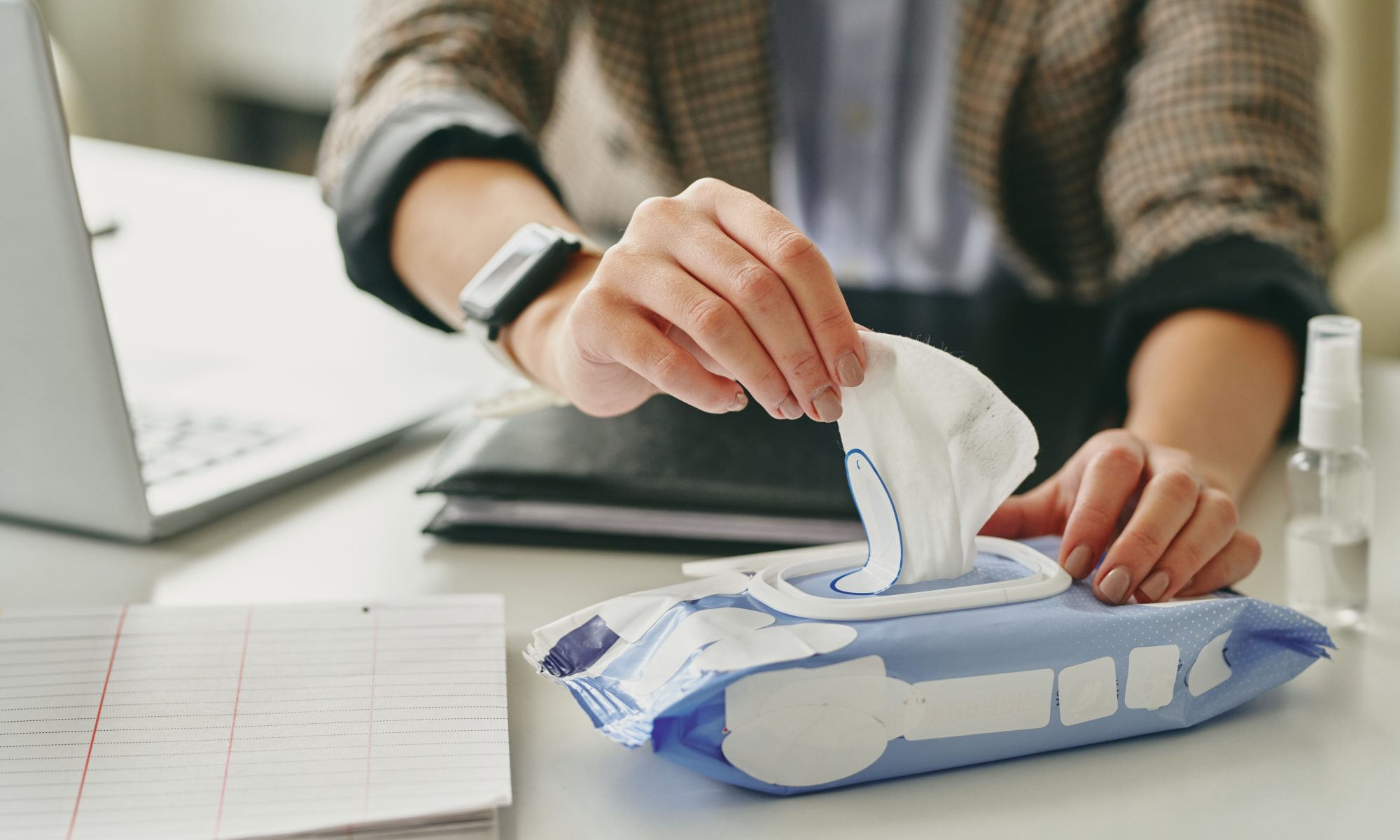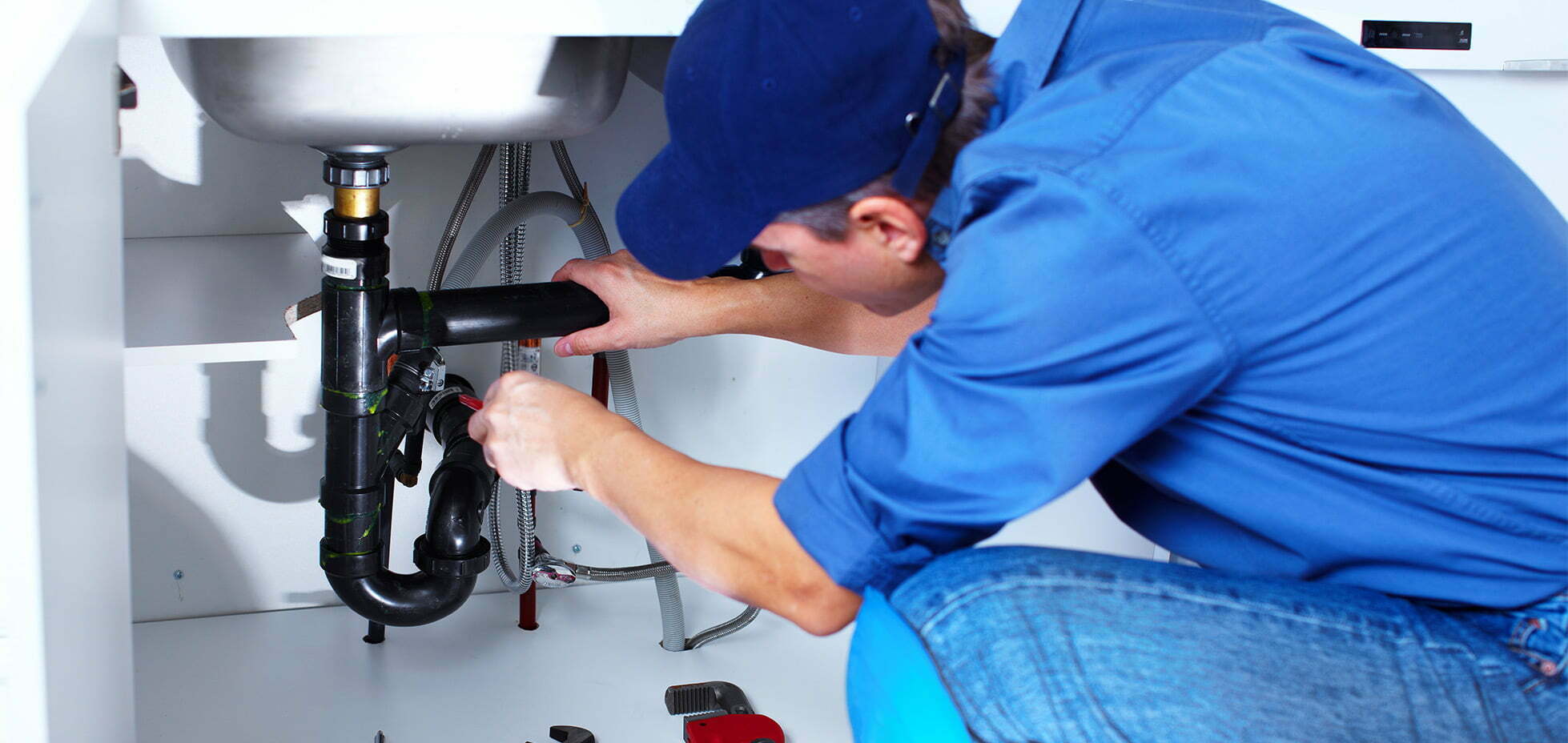In Australia, internal water damage has become more prevalent, costlier, and riskier than fire and thievery. Only 1.5% of households have installed water shut-off devices, while 94% have installed smoke and fire alarms.
In the past five years, water damage claims have accumulated to 72%, with burst Flexi hoses being the leading cause of water damage.
QBE Insurance research reveals that 77% of people at home experience water damage, contrary to the belief that flooding happens when they’re outside.
If you suspect water leaks, contact Link Plumbing right away to have it repaired and avoid further damage.
Call us at 0412 056 027 for any plumbing issues you may have. Our experienced and certified plumbers are available 24/7 to fix your leaking pipes or blocked drainage.
Types of Water Damage that Insurance Cover
Insurance claim policies mostly cover minor water damage that occurs suddenly and accidentally, including overflow from broken-down appliances like dishwashers or washing machines.
- Burst pipes
- Appliance water overflow
- Frozen pipes in an unheated home
- Wind-driven rain, snow, or ice
- Water damage due to fire extinguishment
- Jammed washing machine and dishwasher
- Roof leaks caused by storms
Types of Water Damage that Insurance Don’t Cover
Generally, home insurance policies exclude a few types of water damage. These are:
- Water that seeped from the ground
- Natural flooding
- Consistent and obvious water damage
- Water damage caused by preventable maintenance issues
- Frozen pipes in homes with no heat installation
- Sump pump or plumbing backups
- Disregarded repairs
Steps to Filing a Water Damage Insurance Claim
When filing home insurance claims, there are certain steps that you need to follow. Follow them to avoid the decline of your claim.
Step 1. Determine and Discontinue the Source of Water Damage
Once you find the source of the leak or water flow, such as a damaged water heater or burst pipe, turn off the source to avoid further damage. If you can’t locate the source, contact our licensed plumber to check if a pipe bursts and locate it.
Moreover, keep any broken debris or anything associated with the burst pipe or leak that will serve as evidence once you file a claim for water leak insurance claim.
Step 2. Check Your Home Insurance Policy
After identifying the source of water damage and shutting off the water supply, remember to check your home insurance coverage limits. Review which are included and not included. This will help you be prepared for the next steps of filing common home insurance claims.
Step 3: Notify Your Insurance About the Damage
After reviewing your policy, you can notify your insurance company about the water damage. The damage should have happened unexpectedly and could not have been prevented.
Note that insurance providers typically perceive property owners who file insurance claims are “high risk.” This includes homes that are more than half a century old. Sometimes, homeowners replace their plumbing to keep their policy after filing one of the claims, which usually increases the rate during policy renewal.
When filing a claim, you must describe the damage, the date of occurrence, and any photos or videos of the areas affected by water damage. Also, you need to ask the agent about the deductible, how long the claims process will take, and any particular forms or documents needed for submission.
This will help you navigate the process and remember important documents or requirements to submit that could delay the procedure and make a successful claim.
4. Present Proof of Evidence for Your Claim
The pictures and video you took of the damaged areas are crucial when filing a claim. This will serve as evidence the insurance company will use to send a qualified plumber to make repairs. Also, make a home inventory of your belongings affected by water damage.
5. Discuss Damage with the Claims Adjuster
An insurance adjuster or a claims adjuster will visit your home to evaluate the damage and determine the claim settlement. To ensure that you’ll receive a fair settlement, ask a contractor for their own estimate.
If the home insurance provider declined your claim or wouldn’t pay a fair settlement, consider hiring a lawyer to protect your rights.
6. Check if You Can Still Stay in Your Home
Consult a contractor for a home or property inspection to determine whether it’s still safe to live in your home after water damage. They can provide informed opinions regarding the current structure of your home.
Sagging ceilings, distorted floors, or deformed walls are signs of a home no longer good for staying. It could fall apart anytime and pose health risks because of mould formation.
7. Remove Water and Moisture by Professionals
Remember to address the issue of standing water, as this may become a breeding ground for mosquitoes and could wreak havoc on your home or property. Besides, the moisture can invite mould formation, which is dangerous to health and makes unsightly marks on ceilings, walls, and floors.
Hiring our skilled and licensed plumber to remove any standing water or moisture in your home provides several benefits, such as:
Proficiency and Familiarity: They are highly trained and have the necessary skills to evaluate the damage and provide the appropriate and effective solution to rectify the issue.
Proper Equipment: They have the right and advanced equipment and tools for water extraction and moisture control.
Further Damage Prevention: Our friendly specialists will remove water and moisture fast and efficiently to prevent mould growth, water leak prevention, and any more damage to your home or property.
Call us today at 0412 056 027 and book your appointment. We are always available to help you round the clock.
How to Protect Your Home from Further Water Damage
Since insurance providers don’t cover all types of water damage, including sewage backups, outdoor flooding and sump pumps, you must protect your home from further water damage. It’s crucial to do the following:
Preventive Repairs
- Install your washer and dryer with metal mesh connection hoses
- Raise your oil tank, electrical wiring, water heater, furnace, washer and dryer
- Let our expert plumber install standpipes and backflow valves in your basement drains to ensure sewage won’t back up into your basement
- Use water sensors and automatic shut-off valves
Regular Maintenance
- Ensure downspouts and gutters are free from dead foliage and other debris to prevent overflow from rains and storms.
- Yearly cleanup of your sump pump before the wet season and running it every few months
- Cleaning of your water tank every 6 months to get rid of sediment
Right Practice
- Don’t make it a habit to pour oil or grease down your kitchen drain. It will solidify and cling to pipes, causing damage and clogging.
- Use a drain snake to unblock drains instead of chemical drain cleaners that could damage pipes.
- Watch out for an increased water bill, as this could signify water leaks
Contact our knowledgeable plumbing specialists at 0412 056 027 to avoid further water damage. We service over 70 suburbs in northwest Sydney anytime, especially for emergency repairs.
Conclusion
Undetected water leaks could rapidly increase your water bills. If you suspect plumbing issues in your home or property, contact our licensed plumber to locate and fix them. Addressing the problem earlier helps prevent costly repairs and further damage.
Moreover, you are sparing yourself from the hassle and inconvenience of filing a water leak insurance claim caused by water damage.
We not only fix burst pipes but also provide a wide range of services, including gas fitting, leak detection, unblocking clogged drains, hot water service, emergency plumbing, and general plumbing.
Trust us to provide quick, cost-effective, and efficient same-day service. We’re just a phone call away from providing exceptional emergency plumbing services. Call us now at 0412 056 027
FAQs
- In what instance would my insurance provider deny my insurance claim?
The insurance company will deny your claim if they prove the leak or gradual water damage, which could have been prevented, but you didn’t do anything.
They would argue that the damage could have been reduced or prevented if the home or property owner had taken the necessary steps to rectify the issue immediately.
- What should I do if the insurance company denies my water leak insurance claim?
If that happens, you must retain a public adjuster who works on your behalf. The person will visit your home to inspect the damage and provide their repair estimate. Likewise, they could negotiate with the insurance firm.
Please note that you will pay the public adjuster and not the insurance provider. Usually, the payment is around 5% to 20% of the settlement. Before hiring one, check first if it’s worth it.
- What is the claims process for water leak damage?
The claims adjuster will evaluate your insurance policy and convey what it only covers. After verifying your claim, they will coordinate the clean-up and restoration services payment.
The amount you will receive depends on the policy coverage you purchased. It also depends on the extent of the damage, excluding your relevant policy deductible.
- My insurance policy doesn’t cover floods. What should I do?
If your insurance policy does not cover floods, your insurer may still evaluate your claim to distinguish how your home was flooded. This could establish whether other inclusions in your insurance policy can encompass all or part of your claim.

 0412 056 027
0412 056 027 
